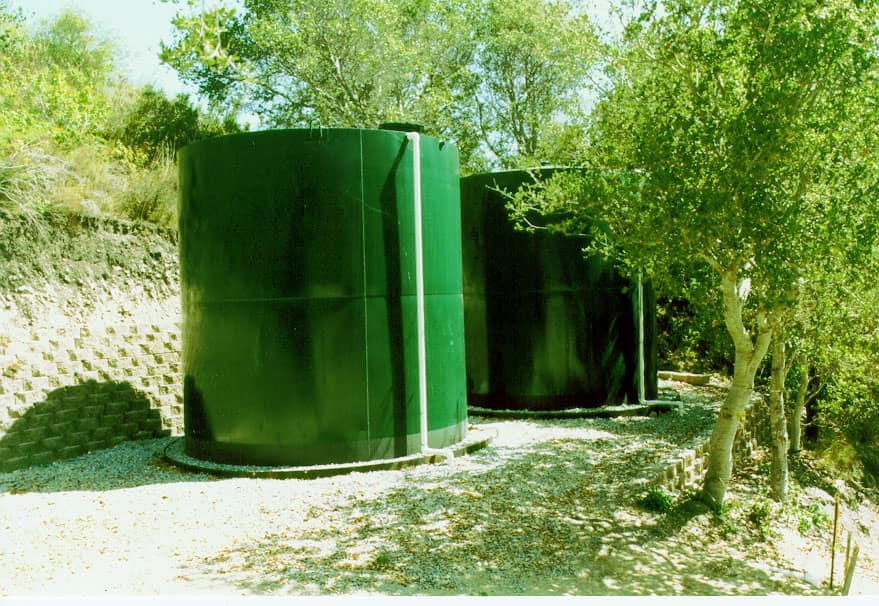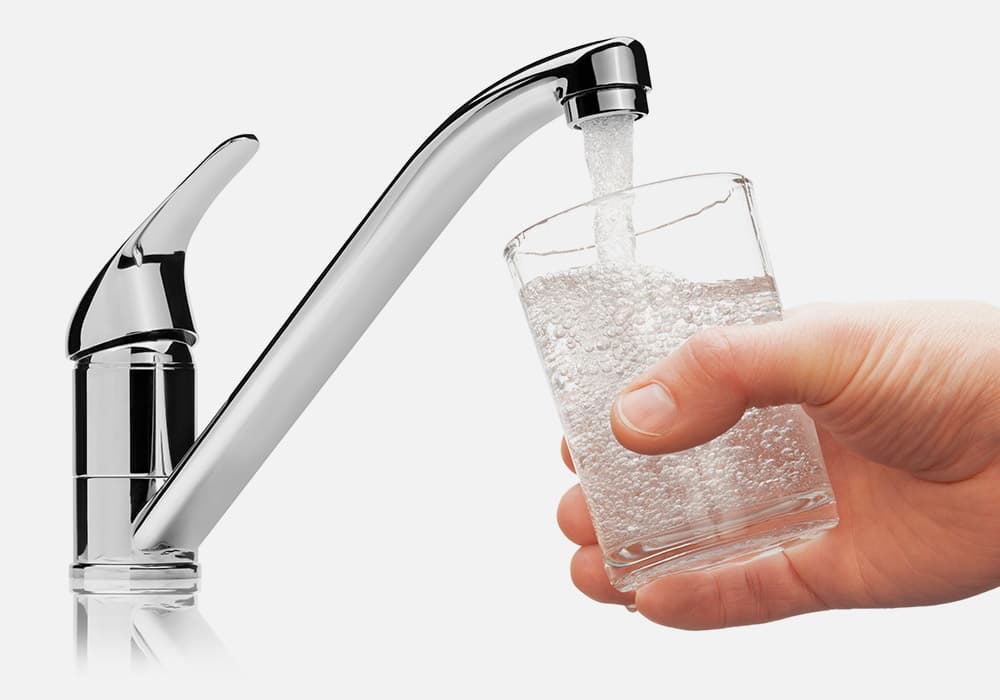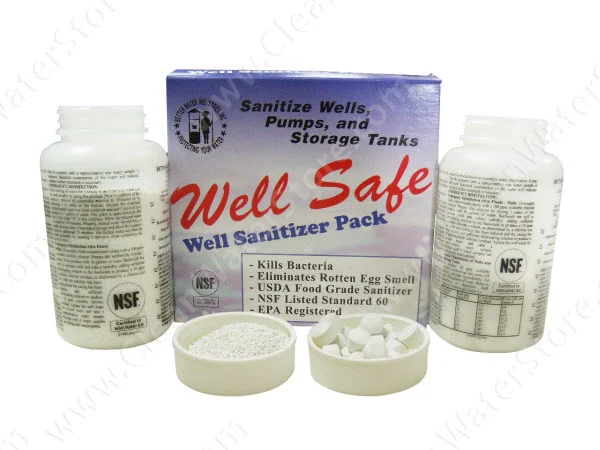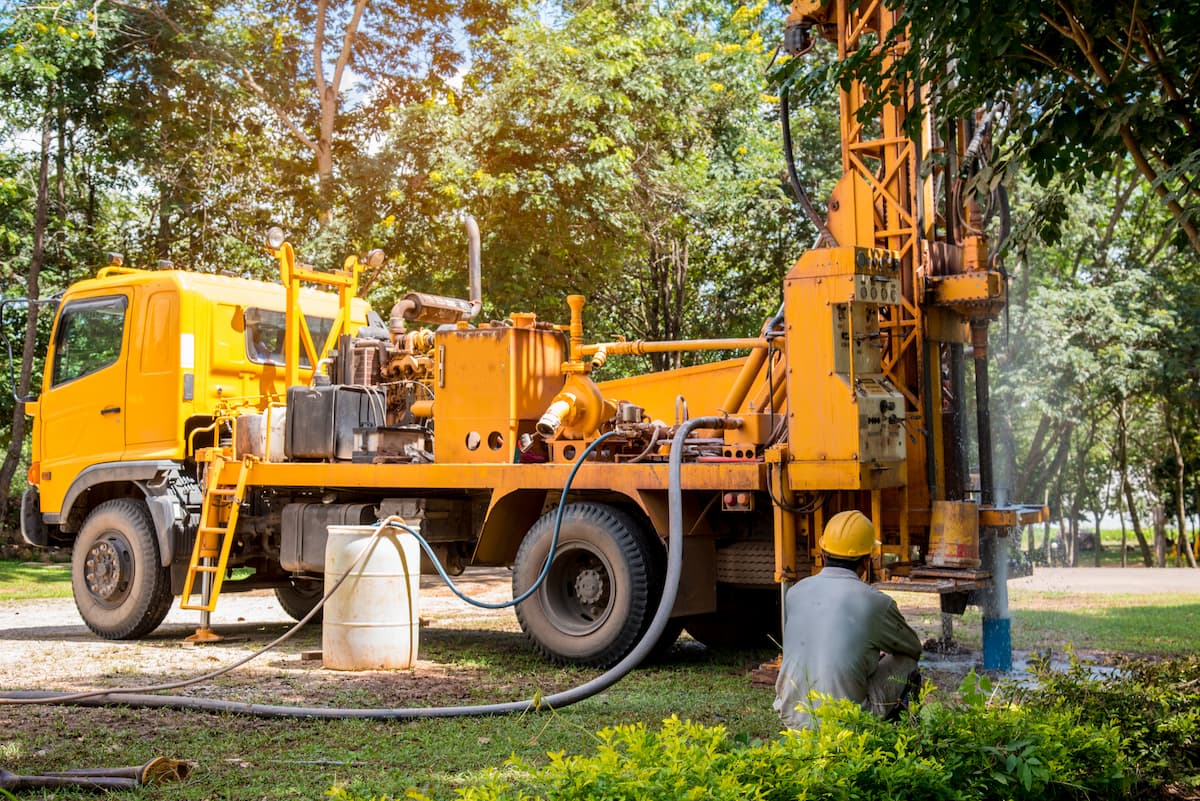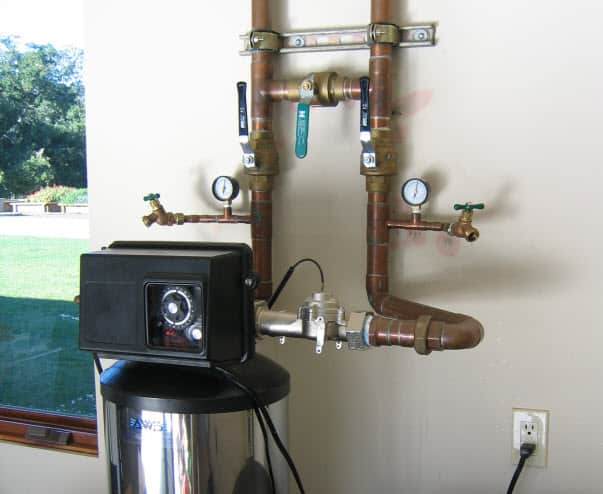What’s the Difference Between Fine Mesh Resin and Standard Resin When Removing Iron?
Earlier this week, one of our customers wrote to us to ask about the difference between fine mesh and standard resin for removing iron with a water softener. Generally, we recommend an iron filter to remove iron, but in certain cases, a water softener will do the trick, too.
That is if your water's pH is around 7.0, and if your iron is rusted (ferric) and not clear (ferrous) you can indeed use a water softener for iron removal. For such applications, fine mesh resin is the more effective choice.
This is because fine mesh resin is smaller and packed more tightly than regular resin, and has a larger surface area to which iron can attach. Under the right conditions, fine mesh resin can filter up to about 10 ppm of iron from water, though 5 ppm is generally a more realistic threshold.
While we do recommend fine mesh resin for your softener if you intend to remove iron, we also want to note that there are some drawbacks to using fine mesh resin.
To start, it is a bit more expensive than standard resin. Moreover, it can be fouled rather easily: if iron sits on the resin beads for too long (i.e. if the resin is not properly, regularly cleaned) it will begin to develop an iron slime, at which point you'll also need some resin cleaner.
Of course, this can happen with standard resin as well, but it will occur more frequently with fine mesh resin due to it being more tightly packed. Note that such fouling will also reduce the effectiveness of your softener because the iron in the resin will limit cation exchange (the process by which softeners remove calcium and magnesium ions and replace them with sodium ions).
No matter if you use standard resin or fine mesh resin, you may still experience fouling of your softener's injectors when using it to remove iron. This is because the iron in your water is slowly oxidized by your softener as it sucks in brine from the salt tank through a small injector or venturi. When oxidized in this way, the iron can foul your injectors and necessitate more maintenance of the system.
However, these problems are not too critical. The injectors can be cleaned fairly easily, and you can avoid fouling your resin with iron by using an automatic resin cleaner feeder or by running your softener's regeneration cycle frequently, perhaps every few days. Do note, though, that fine mesh resin will require more frequent backwashing than standard resin, and thus will require more brine solution in the long run.
All in all, we do recommend installing an iron filter before your softener for the absolute best results. However, if you want to stick with just the softener, fine mesh resin is definitely the better choice – just be sure to properly clean and maintain your system and you should see that iron disappear in no time.
To browse our resin and other filter media, check out our online store. For more information about iron and water softeners, consult our free how-to guides.
For any further questions, e-mail us at [email protected], contact us on Facebook, or use our online contact form.




